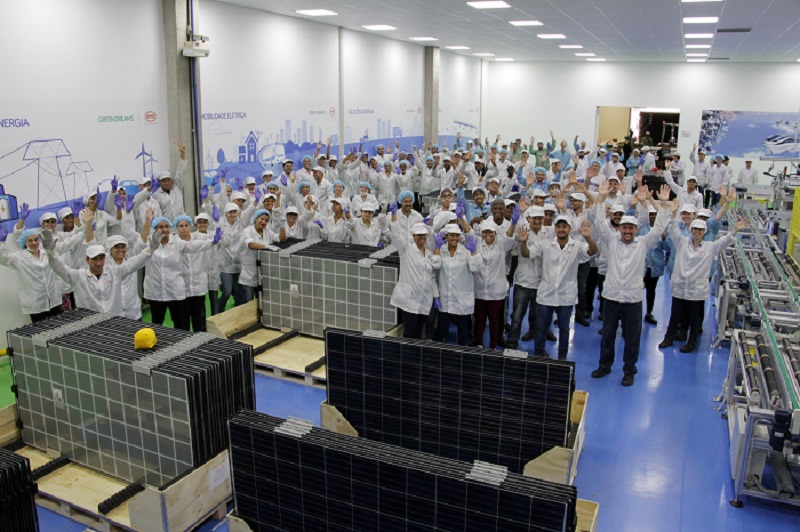China became the world’s leader in PV-related patent filings in the period 2011-2015, with around 46 percent of the world’s first filings, according to the report “Intangible Capital in Global Value Chains” released by the United Nations.
The report reveals that China had the largest share in first filings for technologies related to each PV segment, and that it has the majority of these in the case of silicon, wafers and modules. The authors stress, however, that China has specialized more in filing for alternative solar cell technologies than crystalline ones, where the largest share still remains the preserve of the United States, Japan and Korea. “These figures,” the report highlights, “contrast with China’s current competitive advantage as regards crystalline PV cell production.”
More than half of the filings in the period 2000-2015 were for solar module technologies, while a third of them related to solar cell technologies, with wafers accounting for the remaining percentage. The peak year was 2011, with around 15,000 and 20,000 patent applications for cells and modules, respectively. The number of filings, however, decreased by 44% between 2011 and 2015. This drop was registered across all segments of the value chain, but was particularly pronounced for silicon, cells and production equipment. The decrease in filings (which was not recorded in China) was also due to the fact the number of applicants decreased, while the amount of patent applications filed per applicant increased.
“Many players,” the report says, “have exited the market and entry is becoming even more difficult. However, surviving firms are reacting by increasing their innovation efforts and filing more patents. In addition, these players are reacting to the industry shake-up by focusing their innovation efforts on the next generation of technologies. This suggests that IP-protected knowledge assets may become more valuable in this time of sectoral recomposition.”
Popular content
Furthermore, the UN report stresses that China was able to close the technological gap over the past two years by acquiring the necessary knowledge assets to enter at different stages of the value chain. “There were two main channels for technology transfer to China: production equipment and skilled human capital,” the UN experts state.
The report further reveals that, in 2016, the world’s major PV equipment providers were headquartered in China, with the next most significant headquarter locations being the United States, Germany and Japan.
Yet, it stresses how brand protection is becoming increasingly crucial in the PV market, as a consequence of its vertiginous growth. The authors of the report, in fact, conclude that intellectual property protection of intangible assets was not a key factor in the success of Chinese solar companies, but it may become nevertheless “a key ingredient for commercial success in the coming decades.”
This content is protected by copyright and may not be reused. If you want to cooperate with us and would like to reuse some of our content, please contact: editors@pv-magazine.com.



By submitting this form you agree to pv magazine using your data for the purposes of publishing your comment.
Your personal data will only be disclosed or otherwise transmitted to third parties for the purposes of spam filtering or if this is necessary for technical maintenance of the website. Any other transfer to third parties will not take place unless this is justified on the basis of applicable data protection regulations or if pv magazine is legally obliged to do so.
You may revoke this consent at any time with effect for the future, in which case your personal data will be deleted immediately. Otherwise, your data will be deleted if pv magazine has processed your request or the purpose of data storage is fulfilled.
Further information on data privacy can be found in our Data Protection Policy.